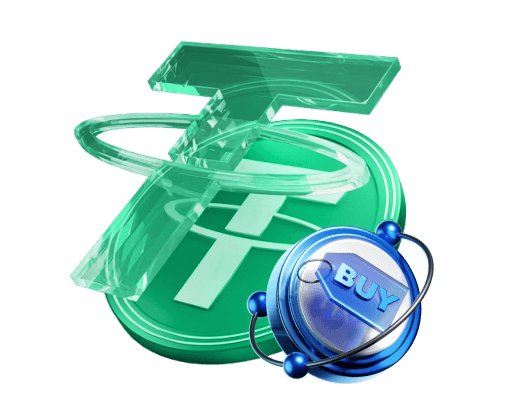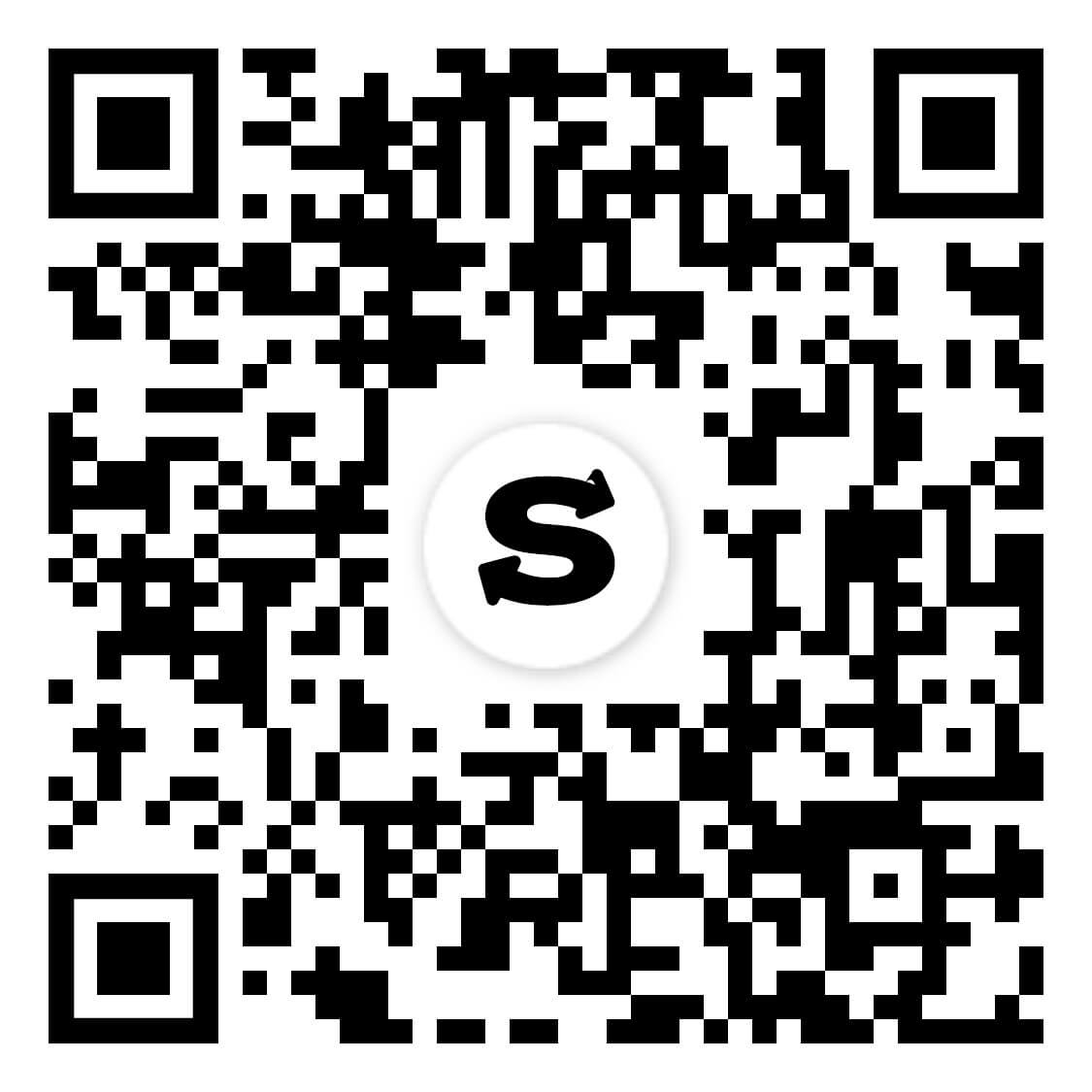The Cheapest Way to Buy USDT:
How to Buy Tether


Since its launch in 2014, Tether (USDT) has become a leading stablecoin. As a digital equivalent of the US dollar, it integrates the stability of fiat currency into the cryptocurrency ecosystem. This guide explores the various methods for purchasing USDT, highlighting options tailored for speed, low fees, and specific payment preferences. Regardless of the method you choose, prioritizing security is essential for any transaction.
What Is Tether (USDT)?
Tether (USDT) is a stablecoin designed to mirror the value of the US dollar. Its primary purpose is to maintain a 1:1 peg with the USD. Beyond the dollar, Tether issues other stablecoins pegged to fiat currencies like the Euro (EUR₮), the offshore Chinese Yuan (CNH₮), and even one backed by gold (XAU₮).
Tether Ltd. states that all its tokens are fully backed by company reserves, which include traditional currency, cash equivalents, and other assets. The company publishes regular reports on its reserves to demonstrate that their value matches or exceeds the total amount of USDT in circulation.
USDT is a multi-chain asset, meaning it operates on numerous blockchains. This allows users to choose a network based on transaction speed and cost. Popular blockchains supporting USDT include:
- Omni (Original Layer)
- Ethereum (ERC-20)
- TRON (TRC-20)
- Solana
- Algorand
- Avalanche
- BNB Chain
- Polygon
Transactions on newer blockchains like TRON or Solana typically offer lower fees and faster confirmation times compared to the Ethereum network or the original Omni Layer.
Top 5 Best Ways to Buy USDT
As one of the largest cryptocurrencies by market capitalization, USDT is widely available and can be acquired through several methods. Below are some of the most common ways to purchase Tether.
Cryptocurrency Exchanges
Centralized cryptocurrency exchanges are the most popular platforms for buying and selling digital assets. They act as intermediaries between buyers and sellers, offering a secure environment with competitive fees. Exchanges often provide user-friendly interfaces and accept various payment methods, including credit/debit cards (Visa, Mastercard), bank transfers (SEPA), and digital wallets like Apple Pay or Google Pay. Many also offer mobile apps for managing assets on the go.
Peer-to-Peer (P2P) Platforms
P2P platforms connect buyers and sellers directly, often resulting in lower transaction fees. These services use an escrow system to secure funds during the transaction, releasing the USDT to the buyer only after the seller confirms payment. Users can filter offers based on currency, payment method, and amount. This method provides a wide range of payment options, from bank transfers to local digital wallets, and allows direct communication between trading partners.
Cryptocurrency Exchangers
Instant crypto exchangers allow users to swap one digital asset for another or buy crypto with fiat currency. These services are often straightforward but may have different rate structures than large exchanges. Aggregator tools can help compare rates and fees across various exchangers to find the most favorable terms for your transaction.
Telegram Bots
For users of the Telegram messaging app, specialized bots offer a quick way to exchange cryptocurrencies. These bots function within the chat interface, allowing users to execute trades with simple commands. They may operate independently or as extensions of larger P2P platforms or exchange services.
Cryptocurrency Wallets
Many software wallets do more than just store crypto; they also integrate features for buying digital assets directly within the app. Wallets like Trust Wallet, Atomic Wallet, and Guarda often partner with third-party payment processors to allow users to purchase USDT with a bank card. While convenient, this option's availability may vary by region, and the fees can be higher than on a dedicated exchange.
Conclusion
Tether (USDT) serves as a crucial bridge between traditional finance and the volatile cryptocurrency market. By maintaining its peg to the US dollar, it offers a stable asset for traders to hedge against market fluctuations, secure profits, or simply hold value. Understanding the different ways to acquire USDT—from centralized exchanges and P2P platforms to direct wallet purchases—allows you to choose the method that best suits your needs for cost, speed, and convenience.
Frequently asked questions
-
What is Tether (USDT) used for?
USDT is primarily used as a stable store of value within the crypto ecosystem. Traders use it to hedge against the price volatility of other cryptocurrencies, secure profits without converting to fiat, and move funds between exchanges quickly. It is also widely used for payments and in decentralized finance (DeFi) applications. -
What is the cheapest way to buy USDT?
Peer-to-peer (P2P) platforms are often considered the most cost-effective way to buy USDT because they allow for direct transactions between users, which can reduce fees. However, the cheapest method can vary based on your location and payment method. It's always best to compare fees on several exchanges and P2P markets. -
What should I look for in a platform to buy USDT?
When choosing a platform, consider its security features, transaction fees, supported payment methods, and ease of use. A reputable platform should have strong security measures like two-factor authentication (2FA), a transparent fee structure, and a range of payment options that are convenient for you. -
What types of fees are involved when buying USDT?
Common fees include exchange or trading fees (a percentage of the transaction value), payment processing fees (especially for credit/debit cards), and network fees for transferring the USDT from the platform to your personal wallet. These fees vary significantly between platforms and blockchain networks. -
How can I minimize fees when buying USDT?
To minimize fees, consider using a bank transfer instead of a credit card, as card payments often incur higher processing costs. Additionally, choose a platform with a competitive fee structure. When withdrawing USDT, select a blockchain network with lower transaction costs, such as TRON (TRC-20) or BNB Chain, instead of Ethereum if possible.
Our website uses cookies. Our Cookie Policy
